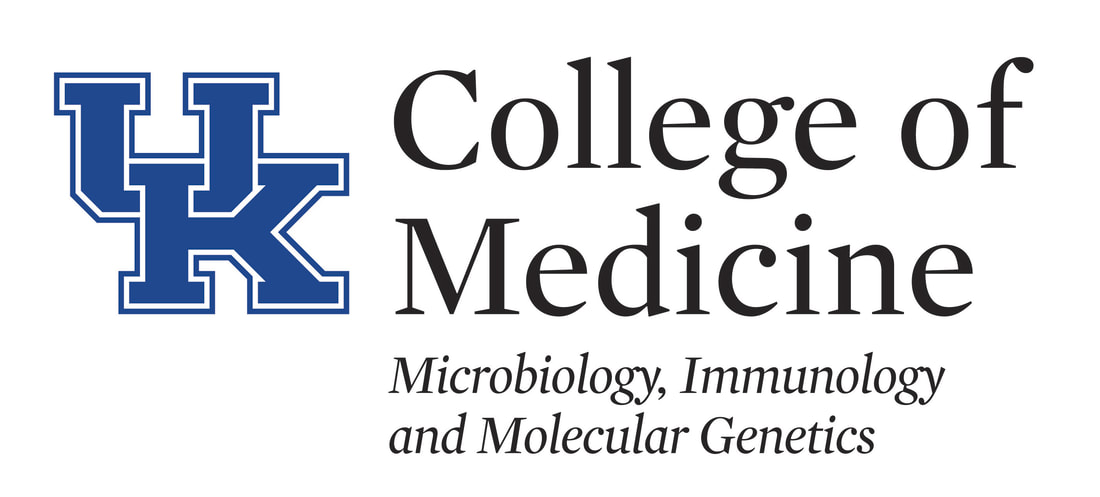Welcome to the laboratory of Sarah E.F. D'Orazio, Ph.D.
|
Our group is broadly interested in host-pathogen interactions. We focus on the human disease listeriosis, which occurs when people eat food contaminated with the Gram-positive bacterium Listeria monocytogenes. Listeriosis is typically linked to "ready-to-eat" food products that are contaminated during processing, stored in the refrigerator, and then eaten without being heated. In the past, listeriosis was associated mainly with deli meats and unpasteurized cheeses, exemplified by a large outbreak that recently occurred in South Africa. But fresh produce is increasingly a source of the bacteria as well, since many consumers buy pre-packaged items that have been washed or sliced, introducing another processing step for potential contamination. Fear of causing another outbreak like the cantaloupes at Jensen Farms ("the most deadly foodborne infection in the US in decades"), has spurred sharp increases in product recalls by the FDA, and resulted in a large economic burden for the food industry.
|
Listeria monocytogenes are ubiquitous in the environment, and it is difficult to protect our food supply from contamination with a potentially hazardous inoculum because the bacteria continue to replicate during refrigerated storage. However, we know from past outbreaks that not all people who ingest similarly contaminated food have the same severity of disease. The attack rate is thought to be high, with the majority of affected people having Listeria in their stool, and up to 75% experiencing gastroenteritis symptoms. But only a small minority of people who ate contaminated food had intestinal disease severe enough to require hospitalization, and less than 5% had positive blood cultures. This suggests that there are strong anatomic or innate immune barriers in resistant individuals that can restrict Listeria infection to the gut and prevent systemic spread. A better understanding of these bottlenecks could help prevent systemic listeriosis, a life-threatening infection in people with deficits in adaptive immunity, such as neonates and the elderly.
|
A major contribution of the lab in recent years has been the development of a foodborne mouse model of listeriosis. Our model closely mimics all four phases of human disease: (1) transmission by the natural feeding route; (2) a distinct phase during which infection is limited to only the gut; (3) varying degrees of systemic spread in susceptible (BALB/cByJ) vs. resistant (C57BL/6J) mouse strains; and (4) late-stage dissemination to the brain. To find out more about the active research projects in the lab using this model system, click HERE.
|
|
University of Kentucky
|

